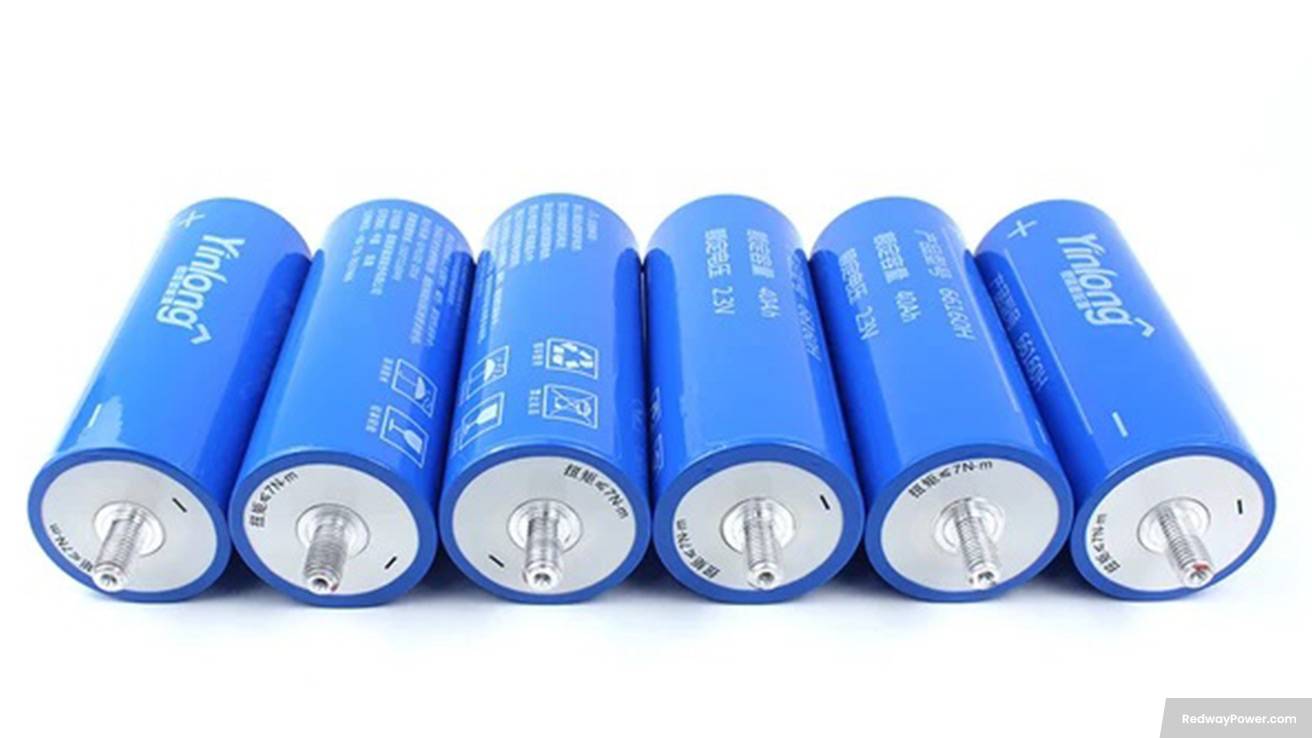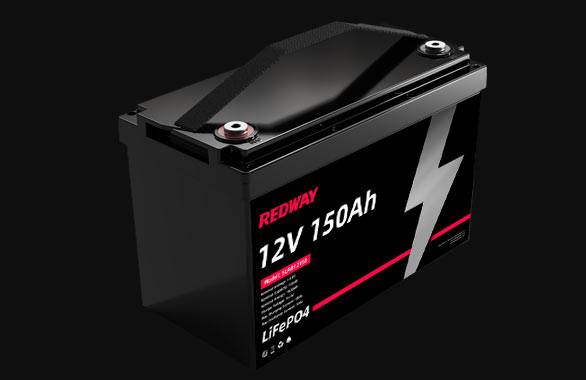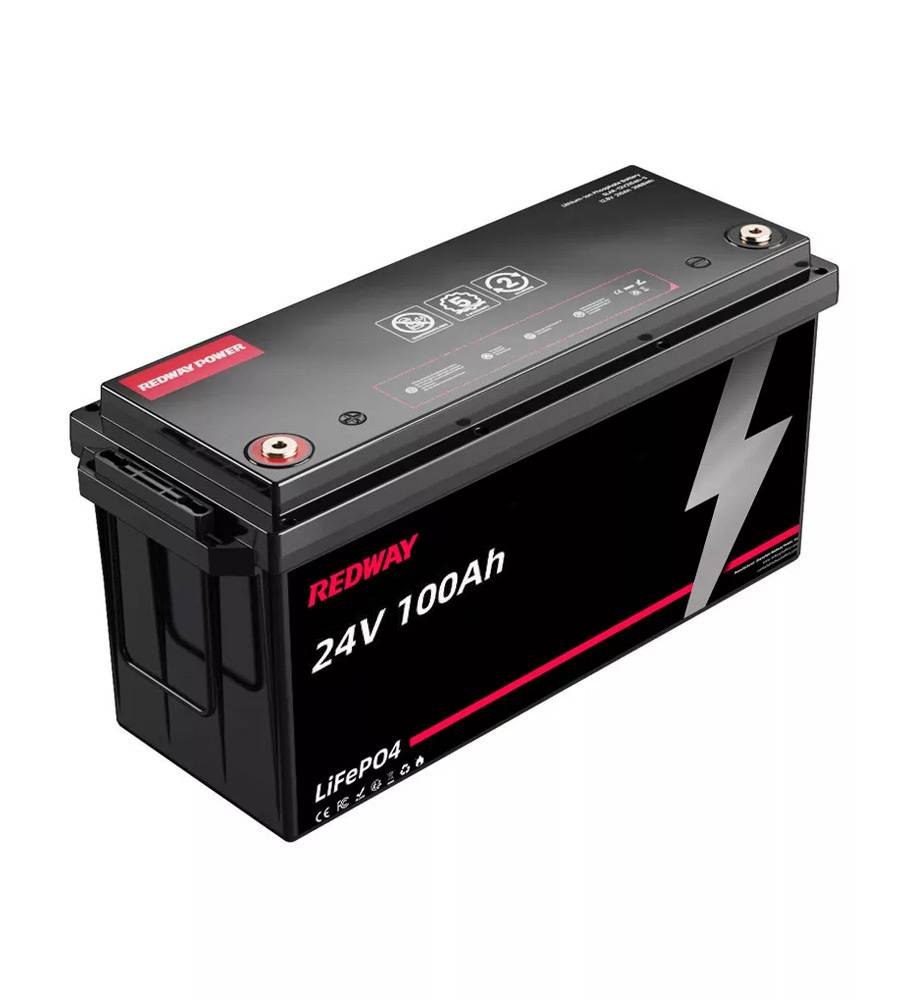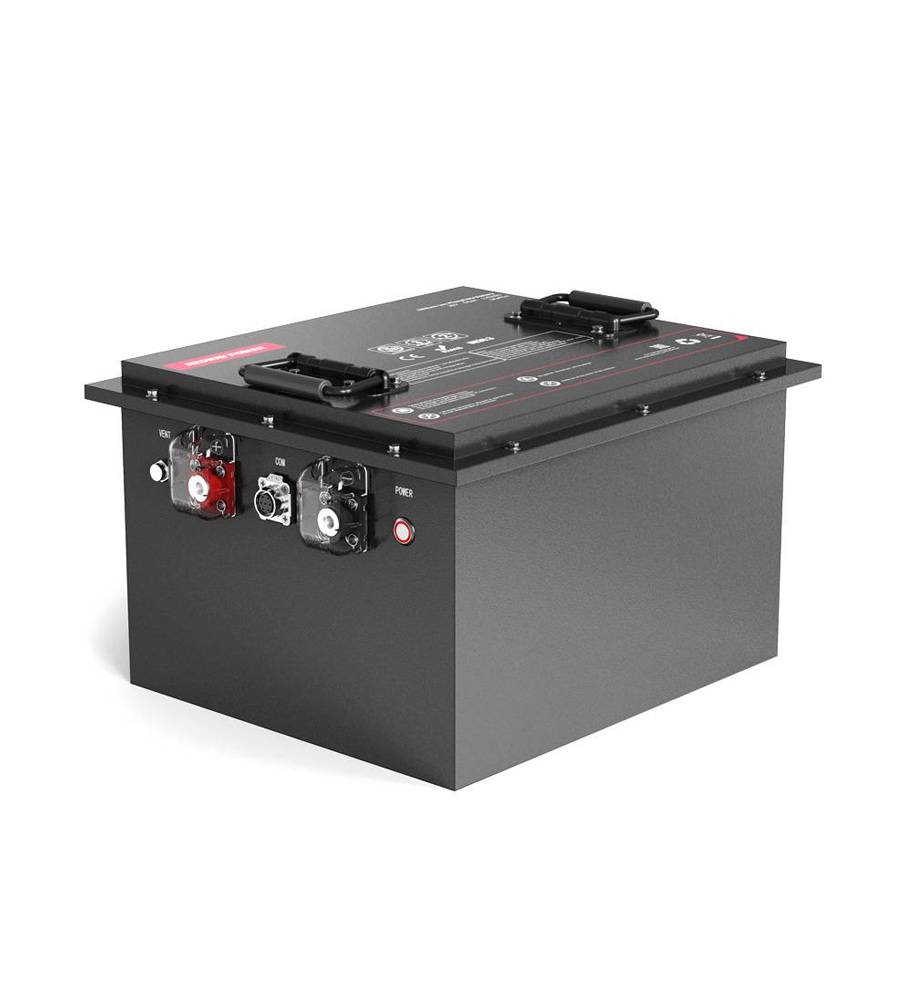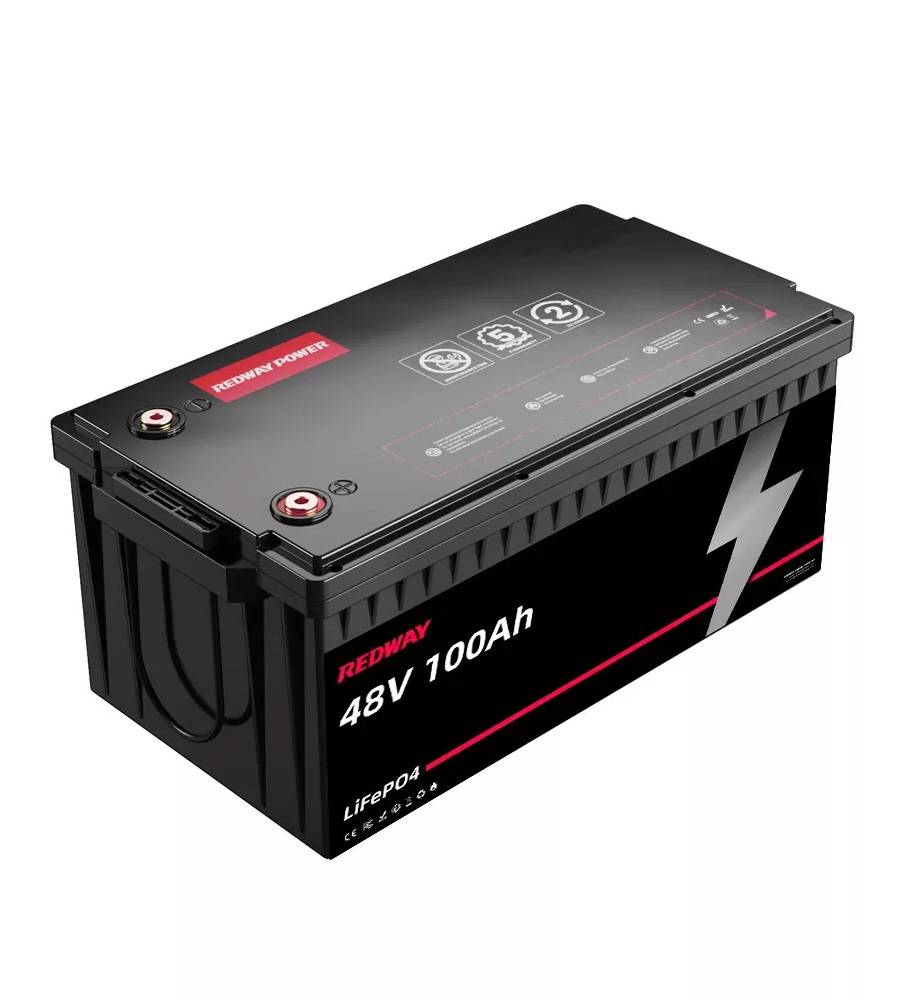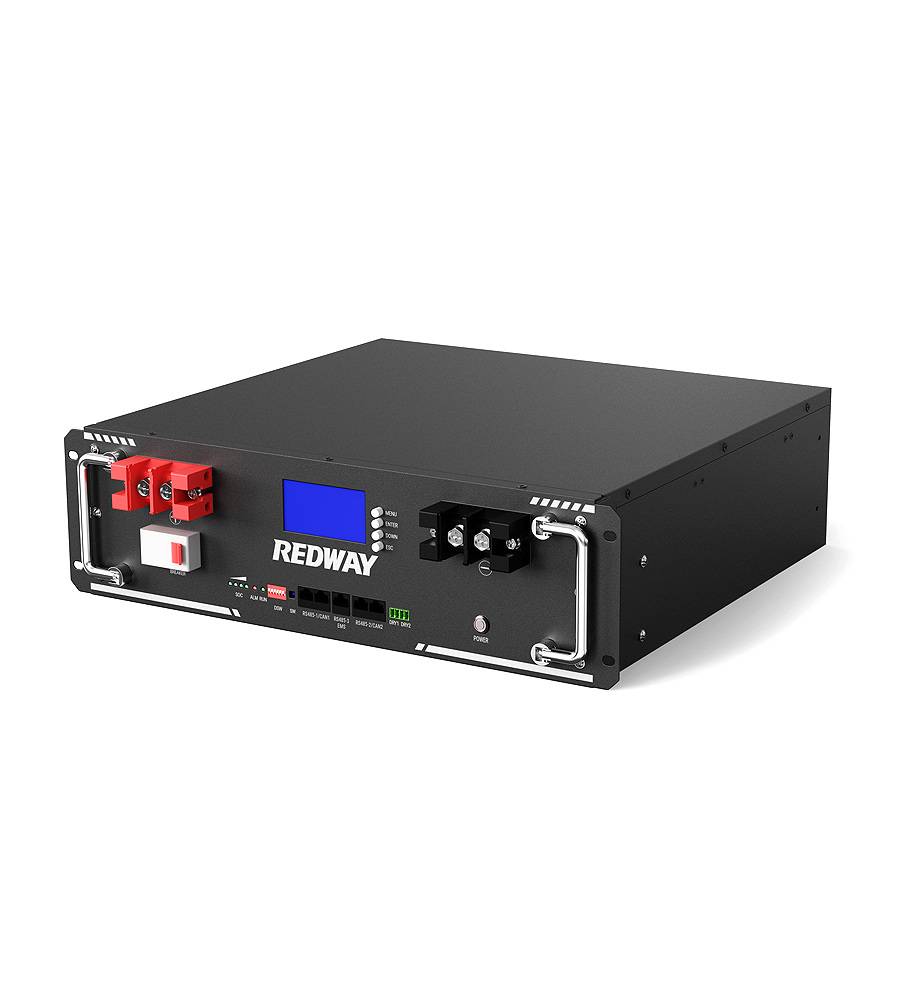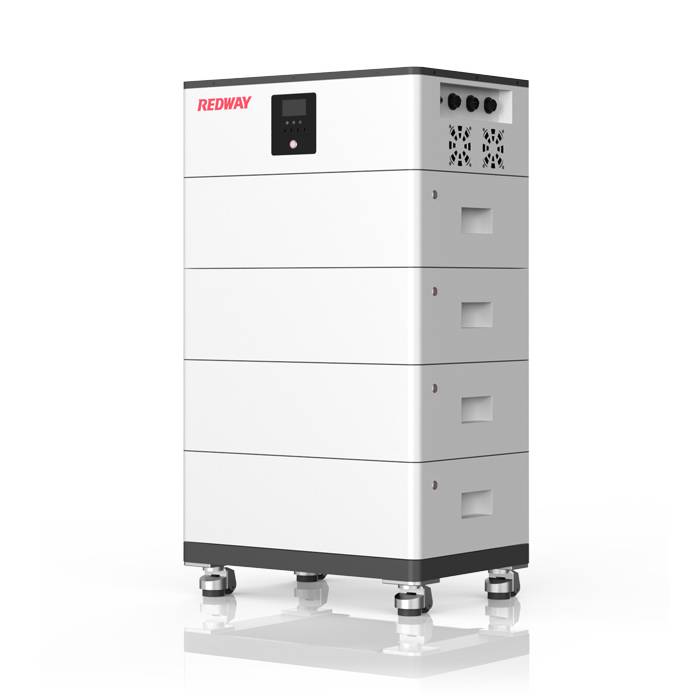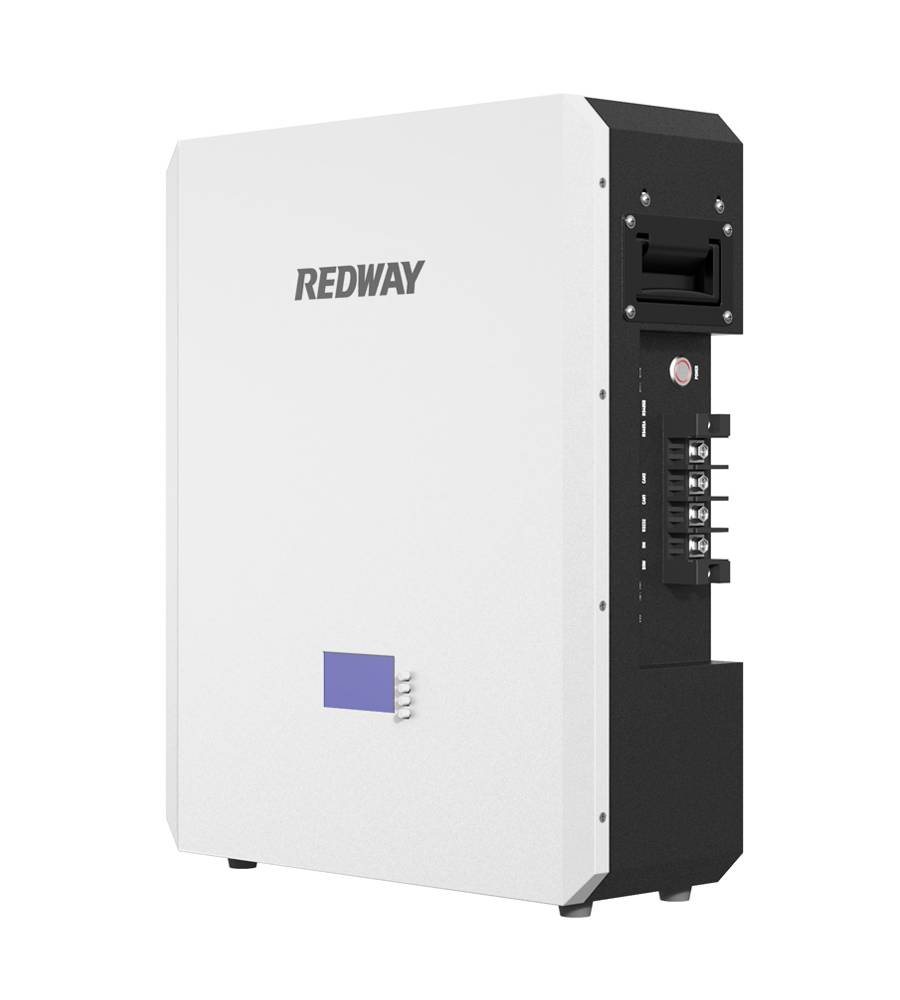- Forklift Lithium Battery
-
48V
- 48V 210Ah
- 48V 300Ah
- 48V 420Ah (949 x 349 x 569 mm)
- 48V 420Ah (950 x 421 x 450 mm)
- 48V 456Ah
- 48V 460Ah (830 x 630 x 590 mm)
- 48V 460Ah (950 x 421 x 450 mm)
- 48V 460Ah (800 x 630 x 600 mm)
- 48V 460Ah (820 x 660 x 470 mm)
- 48V 500Ah
- 48V 560Ah (810 x 630 x 600 mm)
- 48V 560Ah (950 x 592 x 450 mm)
- 48V 600Ah
- 48V 630Ah
-
48V
- Lithium Golf Cart Battery
- 12V Lithium Battery
12V 150Ah Lithium RV Battery
Bluetooth App | BCI Group 31
LiFePO4 Lithium
Discharge Temperature -20°C ~ 65°C
Fast Charger 14.6V 50A
Solar MPPT Charging - 24V Lithium Battery
- 36V Lithium Battery
- 48V Lithium Battery
-
48V LiFePO4 Battery
- 48V 50Ah
- 48V 50Ah (for Golf Carts)
- 48V 60Ah (8D)
- 48V 100Ah (8D)
- 48V 100Ah
- 48V 100Ah (Discharge 100A for Golf Carts)
- 48V 100Ah (Discharge 150A for Golf Carts)
- 48V 100Ah (Discharge 200A for Golf Carts)
- 48V 150Ah (for Golf Carts)
- 48V 160Ah (Discharge 100A for Golf Carts)
- 48V 160Ah (Discharge 160A for Golf Carts)
-
48V LiFePO4 Battery
- 60V Lithium Battery
-
60V LiFePO4 Battery
- 60V 20Ah
- 60V 30Ah
- 60V 50Ah
- 60V 50Ah (Small Size / Side Terminal)
- 60V 100Ah (for Electric Motocycle, Electric Scooter, LSV, AGV)
- 60V 100Ah (for Forklift, AGV, Electric Scooter, Sweeper)
- 60V 150Ah (E-Motocycle / E-Scooter / E-Tricycle / Tour LSV)
- 60V 200Ah (for Forklift, AGV, Electric Scooter, Sweeper)
-
60V LiFePO4 Battery
- 72V~96V Lithium Battery
- Rack-mounted Lithium Battery
- E-Bike Battery
- All-in-One Home-ESS
- Wall-mount Battery ESS
-
Home-ESS Lithium Battery PowerWall
- 24V 100Ah 2.4kWh PW24100-S PowerWall
- 48V 50Ah 2.4kWh PW4850-S PowerWall
- 48V 50Ah 2.56kWh PW5150-S PowerWall
- 48V 100Ah 5.12kWh PW51100-F PowerWall (IP65)
- 48V 100Ah 5.12kWh PW51100-S PowerWall
- 48V 100Ah 5.12kWh PW51100-H PowerWall
- 48V 200Ah 10kWh PW51200-H PowerWall
- 48V 300Ah 15kWh PW51300-H PowerWall
PowerWall 51.2V 100Ah LiFePO4 Lithium Battery
Highly popular in Asia and Eastern Europe.
CE Certification | Home-ESS -
Home-ESS Lithium Battery PowerWall
- Portable Power Stations
Do LTO Cells Need a Battery Management System (BMS)?

Lithium Titanate Oxide (LTO) cells benefit significantly from using a Battery Management System (BMS). A BMS enhances safety, optimizes performance, and prolongs battery lifespan by monitoring and controlling various parameters. Understanding the importance and functionality of a BMS is crucial for maximizing the effectiveness of LTO batteries.
What is the role of a BMS in managing LTO cells?
A Battery Management System (BMS) plays several critical roles in managing LTO cells:
- Monitoring Voltage and Current: The BMS constantly monitors the voltage and current levels to ensure they remain within safe operating limits.
- Preventing Overcharging and Overdischarging: By regulating charging and discharging cycles, the BMS helps avoid conditions that could lead to battery damage or failure.
- Balancing Cells: The BMS ensures that all cells within a battery pack are charged and discharged evenly, which is vital for maintaining overall battery health.
| Role | Description |
|---|---|
| Monitoring | Keeps track of voltage and current levels |
| Preventing Overcharging | Regulates charging cycles to avoid damage |
| Balancing Cells | Ensures uniform charge/discharge across cells |
Why is a BMS essential for safety and performance?
A BMS is essential for both safety and performance due to its ability to:
- Enhance Safety: By preventing overcharging, overdischarging, and overheating, the BMS minimizes risks associated with lithium batteries, such as fires or explosions.
- Optimize Performance: The system maximizes energy efficiency by balancing cell voltages, leading to better overall performance and extended operational time.
- Provide Diagnostic Information: A good BMS offers insights into battery health, allowing users to take preventive measures before issues escalate.
| Importance | Description |
|---|---|
| Enhance Safety | Minimizes risks associated with lithium batteries |
| Optimize Performance | Maximizes energy efficiency |
| Provide Diagnostics | Offers insights into battery health |
What are the advantages of using a BMS for LTO cells?
Using a BMS with LTO cells provides several advantages:
- Increased Lifespan: By managing charge cycles effectively, the BMS helps extend the life of LTO batteries.
- Improved Efficiency: The system ensures that energy is used efficiently, reducing waste during charging and discharging.
- Real-Time Monitoring: Continuous monitoring allows for immediate detection of issues, enabling timely interventions.
- Enhanced User Control: Users can access data about their battery’s state, improving maintenance practices.
| Advantage | Description |
|---|---|
| Increased Lifespan | Extends overall life of LTO batteries |
| Improved Efficiency | Reduces energy waste during operations |
| Real-Time Monitoring | Allows immediate detection of issues |
| Enhanced User Control | Provides insights into battery state |
How does a BMS improve battery lifespan?
A well-designed BMS improves battery lifespan through:
- Cycle Management: By ensuring proper charge and discharge cycles, it prevents excessive wear on the battery.
- Temperature Regulation: Monitoring temperature helps maintain optimal operating conditions, reducing stress on the battery materials.
- Cell Balancing: Regular balancing prevents individual cells from becoming overcharged or undercharged, which can lead to premature failure.
| Improvement Method | Description |
|---|---|
| Cycle Management | Prevents excessive wear on the battery |
| Temperature Regulation | Maintains optimal operating conditions |
| Cell Balancing | Ensures even charge/discharge across all cells |
What features should an effective BMS have?
An effective Battery Management System should include:
- Voltage Monitoring: Continuous tracking of individual cell voltages to prevent overvoltage conditions.
- Current Limiting: Ability to limit current during charging and discharging to protect against excessive flows.
- Temperature Sensors: Integrated sensors to monitor temperature variations within the battery pack.
- Communication Capabilities: Features that allow data sharing with external devices or systems for better monitoring.
- Fault Detection: Ability to detect faults in real-time and take corrective actions automatically.
| Feature | Description |
|---|---|
| Voltage Monitoring | Prevents overvoltage conditions |
| Current Limiting | Protects against excessive current flows |
| Temperature Sensors | Monitors temperature variations |
| Communication Capabilities | Allows data sharing with external systems |
| Fault Detection | Detects faults in real-time |
How does a BMS prevent battery failure?
A Battery Management System prevents battery failure by:
- Regulating Charging Conditions: Ensuring that charging occurs within safe voltage limits prevents damage from overcharging.
- Monitoring Cell Health: Continuous assessment allows for early detection of issues like cell imbalance or degradation.
- Implementing Safety Protocols: Automatic shutdown features can deactivate charging or discharging processes if unsafe conditions are detected.
- Providing Alerts: Users receive notifications about potential issues before they lead to significant failures.
| Prevention Method | Description |
|---|---|
| Regulating Charging | Prevents damage from overcharging |
| Monitoring Cell Health | Allows early detection of issues |
| Implementing Safety Protocols | Automatically shuts down unsafe operations |
| Providing Alerts | Notifies users about potential problems |
Tips for Battery Wholesale Buyers
For those looking to purchase batteries in bulk or OEM orders, consider these key points:
- Choose Reliable Manufacturers: Partnering with established companies like Redway Power, which has over 13 years of experience in lithium technology, ensures quality products.
- Understand Your Needs: Clearly define specifications based on application requirements.
- Request Samples: Before placing large orders, testing samples helps ensure product satisfaction.
By opting for advanced technologies over traditional options, buyers benefit from improved efficiency and reduced environmental impact.
Redway Power Expert Views
“Integrating a reliable Battery Management System is crucial for maximizing both safety and performance in lithium titanate batteries,” states an expert from Redway Power. “Investing in quality management systems not only enhances longevity but also ensures user confidence in their power solutions.”
FAQ Section
- Do LTO cells need a Battery Management System?
Yes, using a BMS is essential for monitoring safety parameters and optimizing performance. - What happens if I don’t use a BMS with my lithium batteries?
Without a BMS, there’s an increased risk of overcharging, overheating, and potential safety hazards. - How often should I check my battery management system?
Regular checks should be performed during maintenance intervals or whenever unusual behavior is noted. - What features should I look for in a good BMS?
Look for voltage monitoring, current limiting, temperature sensors, communication capabilities, and fault detection features. - Can I use any charger with my lithium batteries?
No, always use chargers specifically designed for your type of lithium technology to ensure safety and compatibility.
